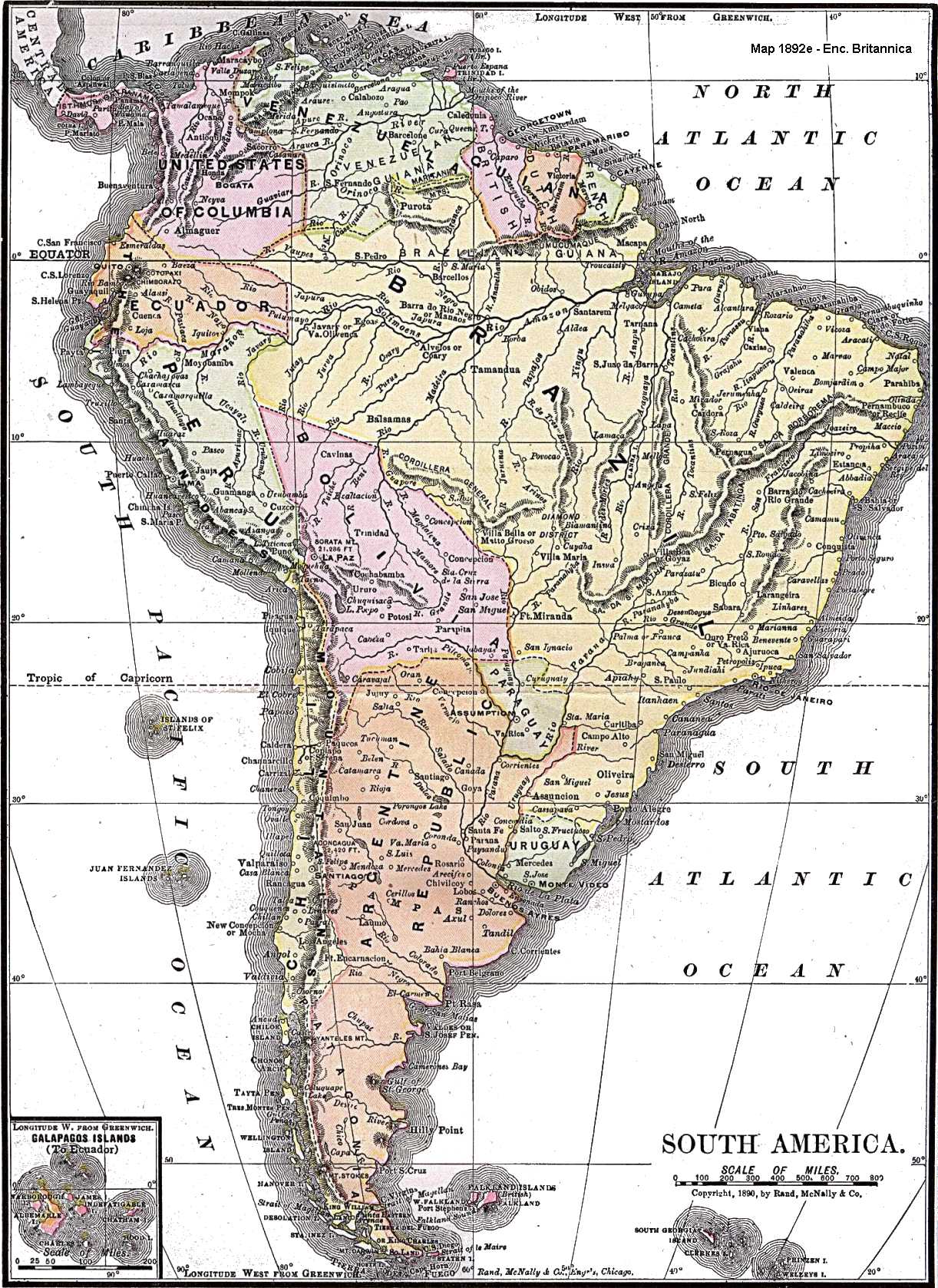|
San Francisco De Yuruaní
San Francisco de Yuruaní, also known as Kumarakapay, is a town in Venezuela. The majority of people there are members of the indigenous Pemon people. Economy The town's economy relies almost entirely on tourism, mainly coming from Brazil. Kumarakapay massacre In 2019, Western countries announced international aid to Venezuela. Venezuelan president Nicolas Maduro, who portrayed the efforts as an international effort aiming for his overthrow, enforced a program to obstruct the aid program. Numerous clashes occurred between Government forces and Pemon protesters. On Friday, February 22, 2019, the Venezuelan Army sent troops to the Brazilian border, driving through Kumarakapay, despite the fact the tribe held autonomy over the town. Local Indigenous Protesters and leaders in Kumarakapay attempted to halt advancing personnel carriers by building a road blockade, managing to detain several soldiers. The other Venezuelan soldiers fired back at them, killing five Pemon and in ... [...More Info...] [...Related Items...] OR: [Wikipedia] [Google] [Baidu] |
Pemon
The Pemon or Pemón (Pemong) are indigenous people living in areas of Venezuela, Brazil, and Guyana.See pp.112,113 and 178 of ''Venezuela: the Pemon'', in ''Condé Nast Traveler'', December 2008. They are also known as Arecuna, Aricuna Jaricuna, Kamarakoto, and Taurepang. People The Pemon are part of the larger Cariban language family, and include six groups including the Arekuna, Ingarikó, Kamarakoto, Tualipang, Mapoyo and Macushi/Makushi (Macuxi or Makuxi in Brazil). While ethnographic data on these groups are scant, Iris Myers produced one of the most detailed accounts of the Makushi in the 1940s, and her work is heavily relied upon for comparisons between historical and contemporary Makushi life. The Pemon were first encountered by westerners in the 18th century and converted by missionaries to Christianity. Their society is based on trade and considered egalitarian and decentralized, and in Venezuela, funding from petrodollars have helped fund community projects, and ecoto ... [...More Info...] [...Related Items...] OR: [Wikipedia] [Google] [Baidu] |
Venezuelan Army
The Venezuelan Army, officially the National Army of the Bolivarian Republic of Venezuela ( es, Ejército Nacional de la República Bolivariana de Venezuela), is one of the six professional branches of the Armed Forces of Venezuela. Also known as Bolivarian Army (''Ejército Bolivariano'', EB), its role is to be responsible for land-based operations against external or internal threats that may put the sovereignty of the nation at risk. The army is the second largest military branch of Venezuela after the Bolivarian Militia (''Milicia Bolivariana'', MB). Its current commander is Major General Domingo Antonio Hernández Lárez. The army depends directly on the Ministry of Popular Power for Defense, under the orders of the general commander and the president of the Republic in his position as commander in chief of the National Bolivarian Armed Forces. It is divided into six combat arms and four commands; operations, logistics, education and Army Aviation. The command officer ... [...More Info...] [...Related Items...] OR: [Wikipedia] [Google] [Baidu] |
South American History
The history of South America is the study of the past, particularly the written record, oral histories, and traditions, passed down from generation to generation on the continent of South America. The continent continues to be home to indigenous peoples, some of whom built high civilizations prior to the arrival of Europeans in the late 1400s and early 1500s. South America has a history that has a wide range of human cultures and forms of civilization. The Norte Chico civilization in Peru is the oldest civilization in the Americas and one of the first six independent civilizations in the world; it was contemporaneous with the Egyptian pyramids. It predated the Mesoamerican Olmec by nearly two millennia. Millennia of independent indigenous existence was disrupted by European colonization from Spain and Portugal, and by demographic collapse. However, the resulting culture both in continent's ''mestizos'', and in indigenous cultures remained quite distinct from those of their colo ... [...More Info...] [...Related Items...] OR: [Wikipedia] [Google] [Baidu] |

